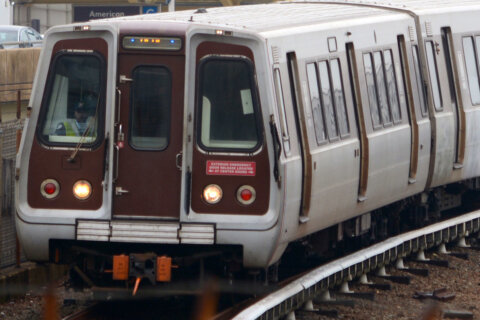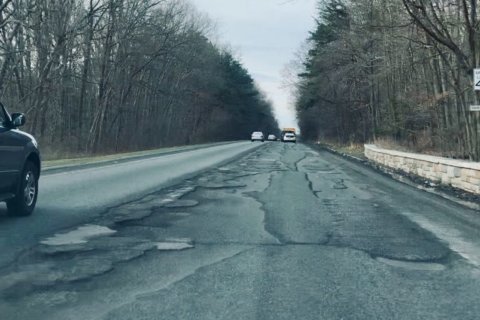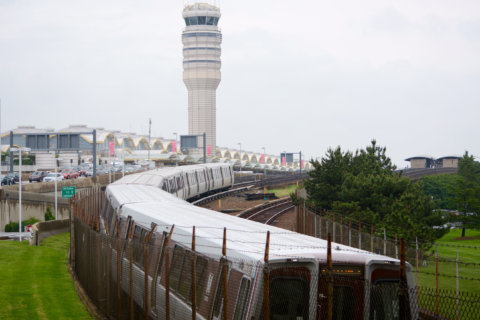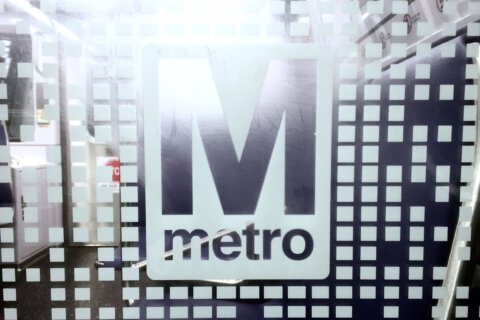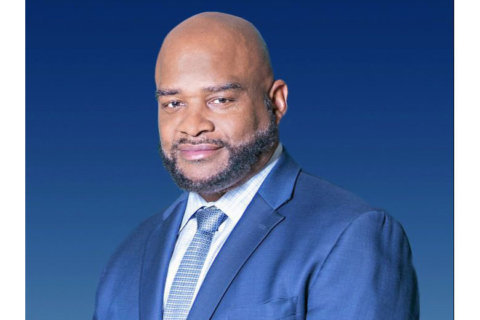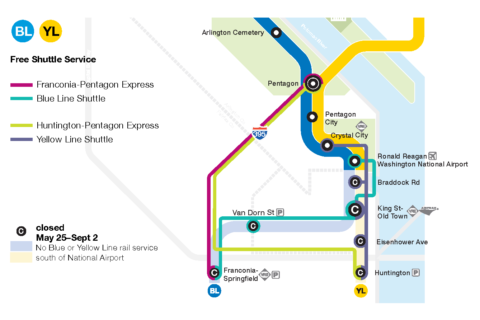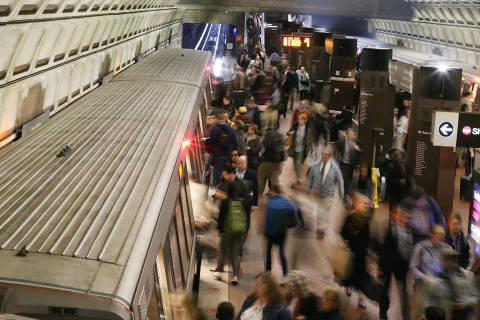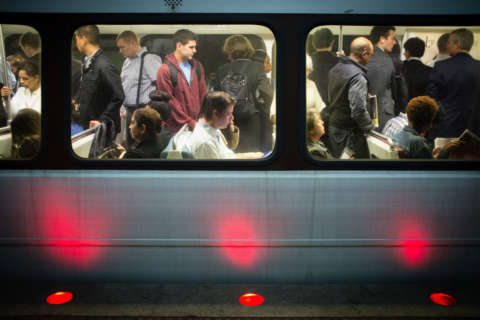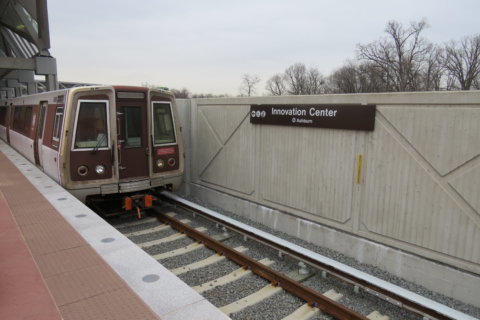Local leaders took back control of Metrorail safety oversight Tuesday, marking a long-awaited milestone and freeing up millions in federal funding for the region.
The Metrorail Safety Commission is a new local body certified by the Federal Transit Administration. The transfer of authority from the federal government to the commission allows $48.5 million — which had been withheld for over the last two years — to flow back to agencies across Maryland, Virginia and the District.
The commission has the authority to direct Metro to spend money on specific safety fixes and even, in the most extreme circumstances, order service be stopped.
The previous local oversight committee did not have such powers, and could get bogged down in regional disputes.
Regional leaders first promised the Metrorail Safety Commission nearly a decade ago to address safety issues, but no progress was made until after the January 2015 smoke incident near L’Enfant Plaza that killed Carol Glover.
Even then, progress was slower than Obama administration officials demanded, which led to the financial withholdings.
A federal law set a deadline for April 15 of this year for all 31 rail state safety oversight agencies to be certified by the federal government. The Metrorail Safety Commission is the last of the 31 to be certified, still well ahead of the deadline.
“The safety of rail transit across the whole country is overseen by state safety organizations, and the D.C. region simply hasn’t had one the last three years,” MSC CEO David Mayer said.
The commission will oversee incident investigations, audit Metro’s safety procedures, and perform some inspections “to ensure that Metrorail is doing what’s necessary to keep itself safe and to continually improve,” Mayer said.
Among his first actions after the certification was announced Monday morning was to meet with Metro Inspector General Geoff Cherrington. Both said they hope to work closely with one another to identify ways Metro can improve.
“It’s a very important accomplishment,” Mayer said. “We look forward to doing this important work cooperatively with WMATA.”
The Metropolitan Washington Council of Governments has helped shepherd the launch of the commission.
“We all want Metro to be safe and this is another important element of making Metro safe for the everyday rider,” Executive Director Chuck Bean said.
“It’s not every day or it’s not even every decade that we have a compact from the District, Maryland and Virginia,” he added.
Approvals required near-exact language pass in Annapolis, Richmond and the D.C. Council before being approved by Congress and signed by President Trump.
“We weren’t the parent, there were really three parents — the District, Maryland and Virginia — but, you know, we were the midwife for this process the last two, three years, so we’re happy the baby’s born,” Bean said.
Outstanding issues
The Federal Transit Administration has identified more than 1,000 things in its own inspections Metro still must repair, some going back several years.
The Metrorail Safety Commission plans to focus more on broader issues though, identified in required corrective action plans. While 188 of those were approved by the FTA over the last three-plus years, 83 are past due and 18 others are not yet due.
“We are primarily focused on taking over the open corrective action plans,” Mayer said.
The commission expects public meetings on open corrective actions and any incidents will begin in earnest next month. So far, the commissioners representing Maryland, Virginia and the District have met several times, but April’s meeting will be the first when they have full authority over the Metro system.
“We are going to be a transparent public entity,” Mayer said.
The commission is even accepting tips about Metrorail safety concerns through its website.
Commission inspectors have been shadowed by federal inspectors this winter to ensure the oversight program is ready to launch.
Federal inspectors were still out on the system over the last several months though, as shown in newly released inspection reports for November, December and January.
The inspections identified continued challenges for Metro with water leaks, rusting rails and some worker safety procedures, but also noted a number of previously identified issues that had been fixed ahead of the transfer of safety oversight authority.
A seriously rusting rail between L’Enfant Plaza and Mt. Vernon Square, rusting drain covers and extra rails along the tracks that could pose tripping hazards in an emergency, some tunnel leaks, blocked drains with mud or water around electrical systems, and tunnel lights that were off were among the most significant problems identified the inspection reports.
Inspectors also checked a few Metro work zones where, aside from some people not wearing proper safety glasses or hard hats, work generally appeared to be done correctly.

